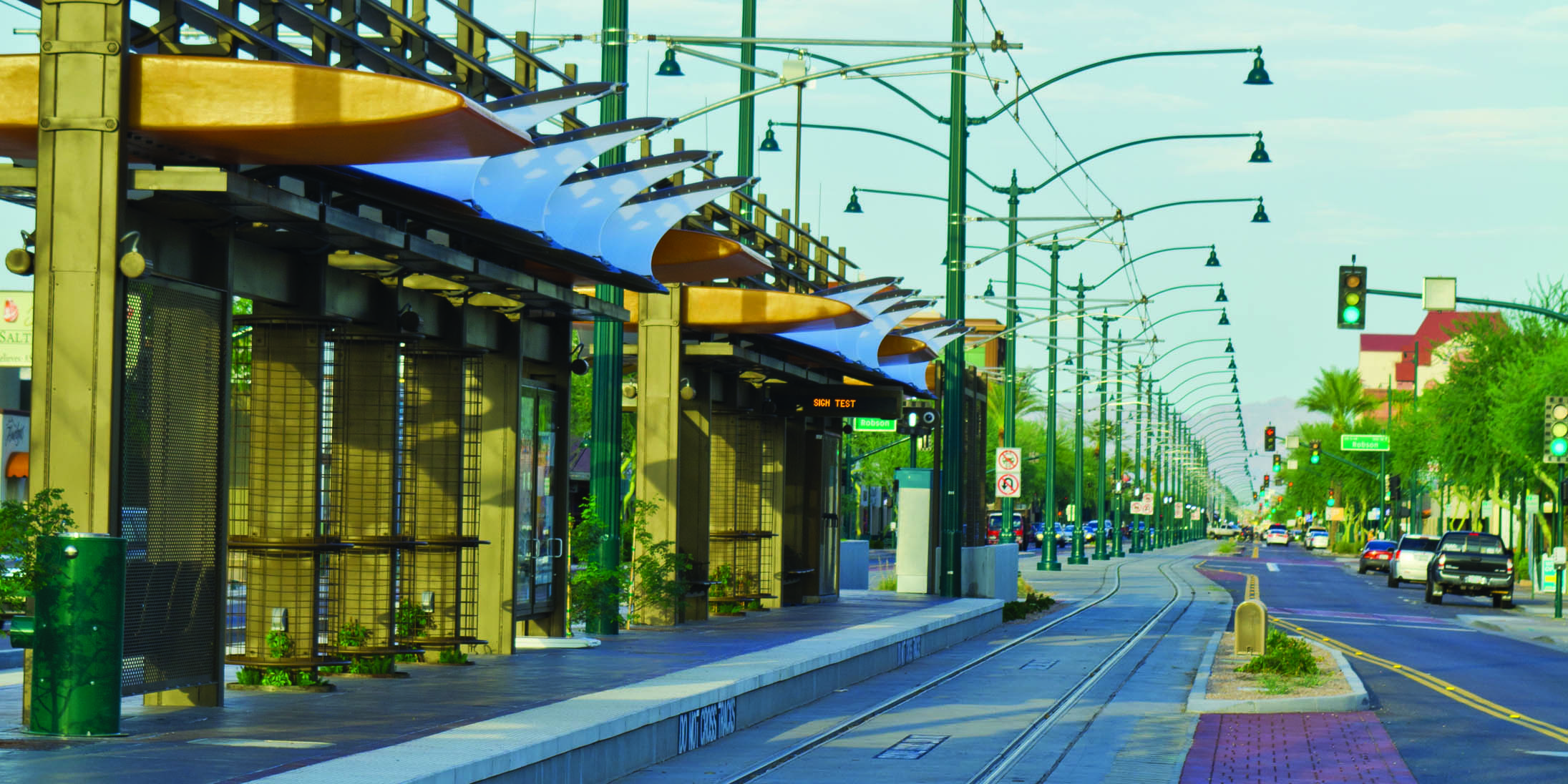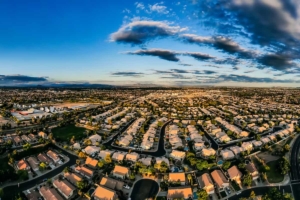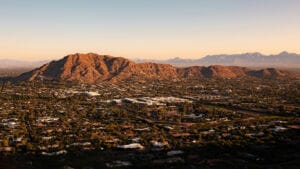The East Valley is lit.
In October, Marina Heights will begin lighting up its floors on the State Farm campus in Tempe and earlier this month, Mesa began seeing more of the light rail.
The East Valley is comprised of submarkets on fire, thanks to the educated workforce coming out of higher education institutions. Tech and bioscience companies are increasingly attracted to these areas, which are seeing the lowest vacancies in the Valley and some of the biggest office and mixed use projects in the pipeline. For the purpose of this article, the East Valley is defined as Mesa, Chandler, Gilbert and Tempe.
CHANDLER:
Pipeline numbers (As of August 2015)
Office: 700,000 square feet
Industrial: 253,000 square feet
Flex: 60,000 square feet
Multifamily: 460+ units
Zoning updates: There are no updates from a building codes aspect. Chandler is working toward adopting the latest edition of the international construction codes (2015 editions) and plan to have them take effect January 2016.
— Source: Ronald Boose, City of Chandler
Growth factor: Arizona Avenue, Chandler’s historic retail district, is expecting a light rail expansion. As part of that, the city is working on an adaptive reuse overlay program for the historic city core by lightening standards to ease the way for development to occur. This is expected to roll out in the fall.
Chandler will also see an expansion of Loop 202 East, which will allow it to compete for more projects. Product is catching up with the market, says the city’s economic development director.
— Source: Micah Miranda, economic development director at City of Chandler
GILBERT:
Permit numbers (As of July 2015)
Industrial: 26 permits; 682,633 square feet
Office: 7 permits; 164,701 square feet
Retail: 18 permits; 255,843 square feet
Zoning updates: At this time, there
are no new codes nor ordinances to report. Last year, Gilbert created an Entertainment District in the Heritage District. While this does not change any existing zoning code regulations, it does provide a greater flexibility to the Council within the boundaries of the district.
Growth factor: What will the city look like after the build-out in 2030? [Response is coming on Monday, August, 10]
— Source: Amanda Elliot and Dan Henderson, Gilbert Economic Development Department
MESA:
Permit numbers (As of July 2015)
New construction residential: 225
Commercial: 205
Zoning updates: We do not have any new codes; our zoning ordinance was updated in 2011. We have done a lot over the last few years to streamline our processes as much as possible. For good, high quality projects, we can move very fast to help get projects under construction as quickly as possible.
Market influence: The hot market has not affected how we operate other than being ready to step up and help getting development through the process as easily as possible.
Growth factor: A lot of exciting things are happening in Mesa with the completion of the next segment of light rail, the re-branding of the Fiesta District to a major office area and growth around Phoenix-Mesa Gateway Airport. We have a new general plan that is flexible and focused on creating neighborhoods and distinctive places.
— Source: John Wesley, director of city planning for Mesa
TEMPE:
By the numbers (under construction, entitled and under review for permits) (As of July 2015)
Industrial: 30,766 square feet
Office*: 1.9 million square feet
Mixed Use (multifamily, office, industrial, retail): 7.7 million square feet
Multifamily: 2,563 units
Retail/Hospitality: 1.14 million square feet
*Does not include Marina Heights, which is classified by Tempe as mixed use
Zoning updates: The City of Tempe has adopted the 2012 international building codes, effective July 2015.
Growth factor: The City of Tempe is seeing a mixed use and multifamily boom. To accommodate its rapid growth, the city has created a Fast Track Tempe program that expedites small business or tenant improvement projects by allowing a third party to review for the permitting process. The city is also closing in on a five-year project to move all of its permitting documents to an electronic system.
“I think the need for speed is just a reality of this current and future markets,” says Dave Nakagawara, community development director for Tempe. “We’re still responsible and accountable to our citizens and other stakeholders to the city to adhere to our rules, but time is money. Any time you can shave off the process to not have to print out paper or transport things physically, it’s seen as an advantage.”




